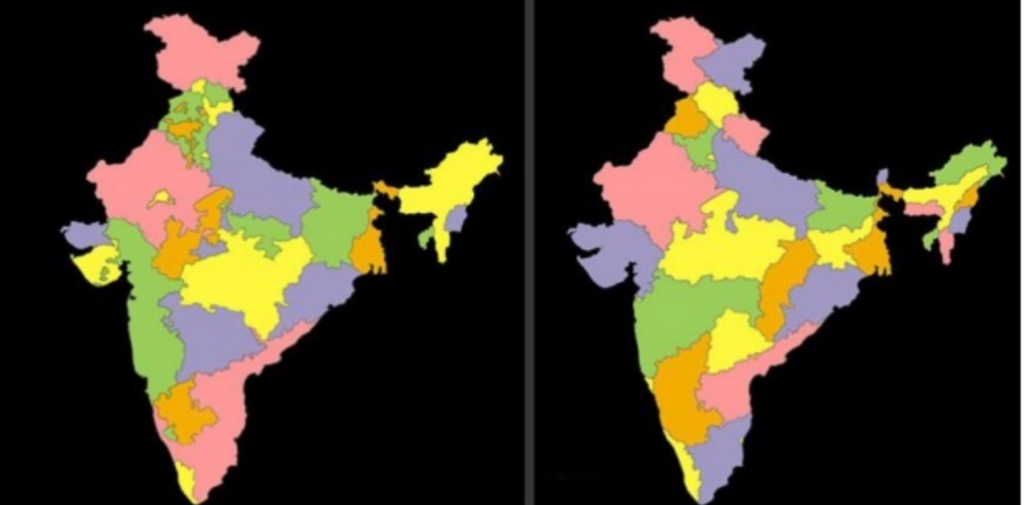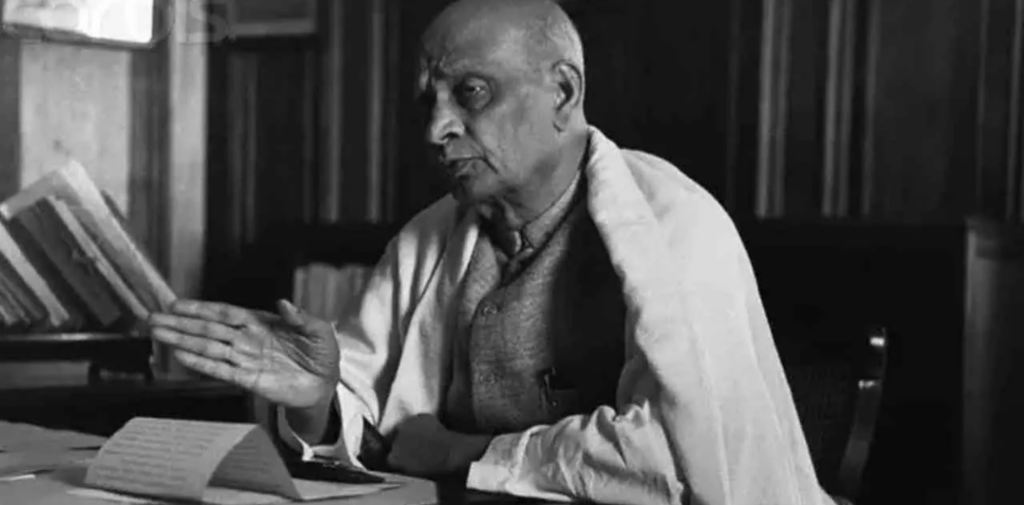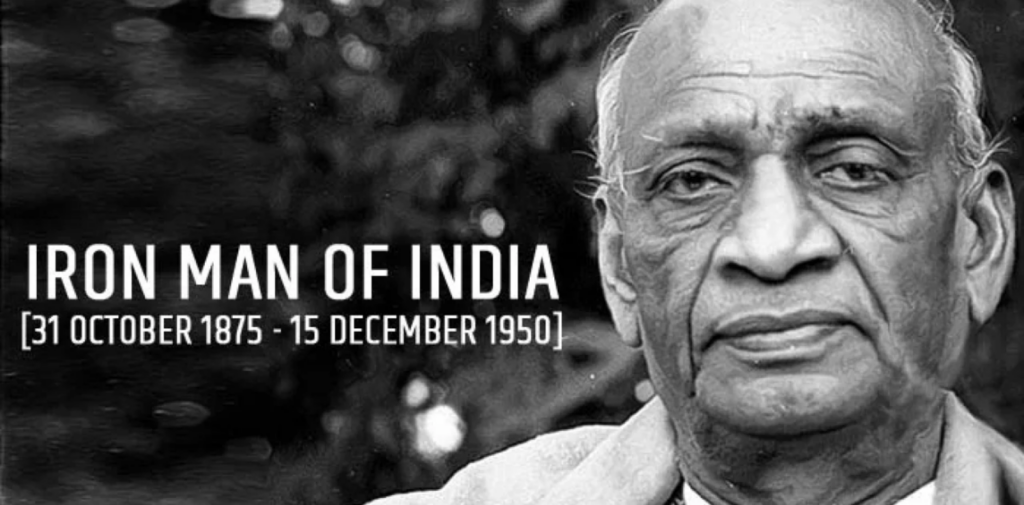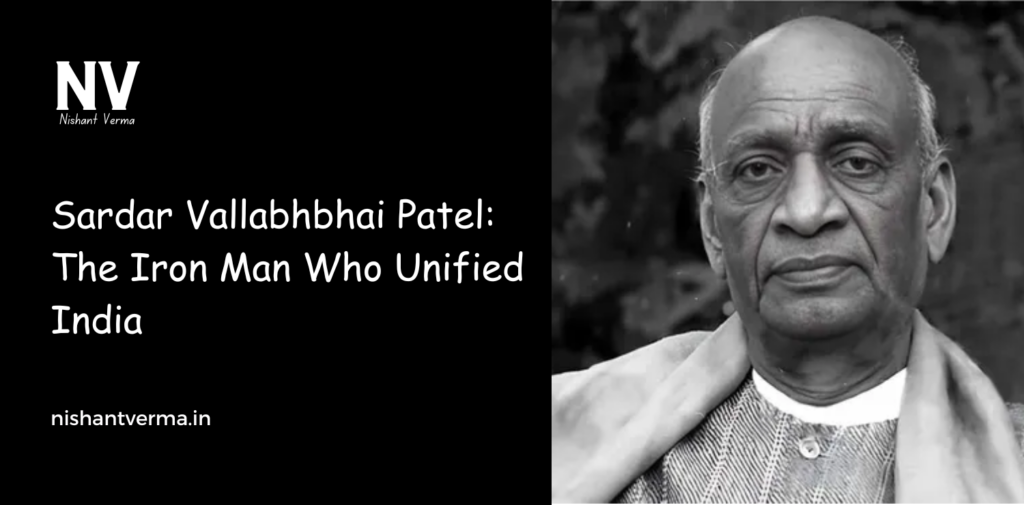After India gained independence from British rule in 1947, the country was faced with many challenges. One of the biggest challenges was to bring together the many princely states that were still independent and make them part of the new India. This was no small task, but Sardar Vallabhbhai Patel, known as the “Iron Man of India,” played a crucial role in unifying India.
Let’s explore the story of how Sardar Patel helped unite India and why he is remembered as one of the greatest leaders in Indian history.
The State of India After Independence
When India became free from British rule, the country was divided into two parts: India and Pakistan. However, there was still a big problem. India was not yet fully united. There were more than 500 small states that were not part of India or Pakistan. These states were called “princely states” and were ruled by local kings and queens.
The princely states had the option to join either India or Pakistan or remain independent. This created a lot of confusion and made it difficult to form a united nation. The new Indian government needed to bring these states together to create a strong, unified country.

The Man Behind the Unification
Sardar Vallabhbhai Patel, who had been a close companion of Mahatma Gandhi during the struggle for independence, was given the responsibility to handle this challenging task. Patel was already well-known for his strong leadership and firm character. His role in India’s independence movement, especially during the non-violent struggle, had earned him the trust of the people. Now, he was about to show his leadership once again, but this time in a completely different way – by uniting India.
The Challenges Patel Faced
Patel’s task was not easy. The princes of the states were powerful and independent. Many of them did not want to join India. Some wanted to remain independent, while others had already joined Pakistan. Some states, like Jammu and Kashmir, were especially difficult to deal with.
One of the first challenges Patel faced was dealing with the state of Hyderabad. Hyderabad was a large and rich state that had a Muslim ruler, but most of its people were Hindus. The Nizam, the ruler of Hyderabad, was reluctant to join India and even considered aligning with Pakistan. This created fear and tension in the rest of India.
Patel’s Strategy: Diplomacy and Firmness
To unite the princely states, Sardar Patel used a combination of diplomacy and firmness. He understood that some rulers needed persuasion, while others needed to be shown the strength of the Indian government.
1. Persuading the Princes: Patel and his team worked tirelessly to convince the rulers of the princely states to join India. They explained the benefits of joining the new nation and made them realize that India’s unity was important for the peace and progress of all. Patel also promised that the rulers would retain their titles and privileges, but they would no longer have political power. The people of these states would become citizens of India.
2. Using Military Force When Needed: In cases where diplomacy did not work, Patel did not hesitate to use military force. The most famous example of this was the integration of Hyderabad. When the Nizam refused to join India, Patel sent the Indian Army to Hyderabad in 1948. The operation, known as “Police Action,” was successful, and Hyderabad became a part of India.

Key Moments in Unifying India
1. Sardar Patel and Kashmir: Kashmir, ruled by Maharaja Hari Singh, was a major problem. The Maharaja wanted to remain independent, but when Pakistan sent tribesmen to invade Kashmir, the Maharaja asked India for help. Patel played an important role in ensuring that Kashmir joined India, despite many challenges. The issue of Kashmir became a long-standing conflict, but Patel’s role in ensuring its integration into India was vital.
2. Junagadh: Another state that presented a problem was Junagadh. The Nawab of Junagadh, a Muslim ruler, wanted to join Pakistan, even though the majority of the population in Junagadh was Hindu. Patel took a firm stand and, after some time, Junagadh joined India.
3. Integration of Other States: Patel’s leadership was crucial in ensuring that more than 500 other princely states, including small ones like Bhopal, Mysore, and Travancore, joined India. He used his sharp political skills to convince the rulers to sign the Instrument of Accession, which officially made them part of India.
The Role of the “Iron Man” in the Process
Sardar Patel was called the “Iron Man” because of his strong will and determination. He did not back down in the face of difficulties. Whether it was persuading the rulers, dealing with the military, or negotiating with different political leaders, Patel showed immense courage and resolve.
His approach to unification was methodical and calculated. He knew that India needed to be strong and united for its future. At the same time, he also understood the importance of respecting the feelings and rights of the people in each state. Patel’s leadership helped India overcome many obstacles during its early years.
Patel’s Legacy in Modern India
Thanks to Sardar Vallabhbhai Patel’s hard work, India was able to become a unified country. His leadership ensured that the many princely states came together and formed a single, strong nation. Today, India is one of the largest and most diverse countries in the world, and this unity is a key reason for its strength.
Patel’s legacy lives on in the form of the Statue of Unity, the tallest statue in the world, which was built to honour him. The statue stands as a reminder of his contribution to India’s unity and his role in shaping the nation we know today.

Why Sardar Patel is Remembered
Sardar Patel is remembered as one of the most important leaders in India’s history. He not only played a key role in the struggle for independence but also worked hard to ensure that the country remained united after freedom. His vision and determination helped India stay strong in its early years.
People today admire him for his wisdom, his love for the country, and his ability to handle even the toughest challenges with courage and grace. He is an inspiration to millions of people in India and around the world.
Conclusion: Sardar Vallabhbhai Patel
Sardar Vallabhbhai Patel’s role in uniting India after independence cannot be overstated. His leadership helped shape the modern Indian state and ensured that the country would remain united despite the challenges. He is remembered as the “Iron Man of India” for his strength, courage, and determination. Thanks to Patel’s efforts, India became a strong, independent, and united nation, ready to face the future.
Today, we honour Sardar Vallabhbhai Patel for his role in making India a united nation, and his legacy continues to inspire generations of Indians to work together for a better and stronger India.




